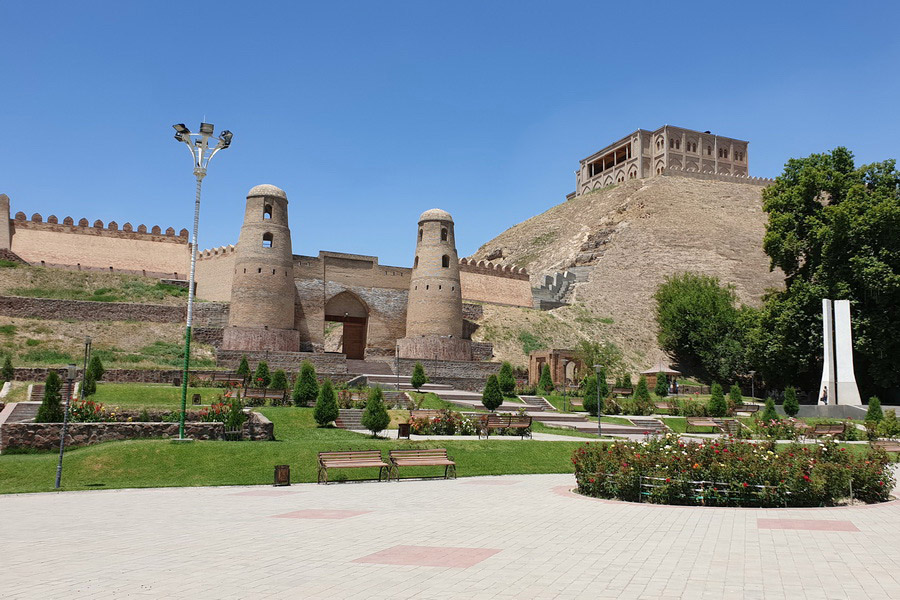The top 10 places to visit in Tajikistan include the Pamir Mountains, Iskanderkul Lake, the Marguzor Lakes, the Garm-Chashma hot springs, the Buddha in Nirvana statue, the statue of Ismail Somoni, and iconic fortresses such as Yamchun, Hissar, and Hulbuk. Let's take a closer look at these beautiful and fascinating attractions of Tajikistan and find out why they are featured in our guide.
Pamir Highway
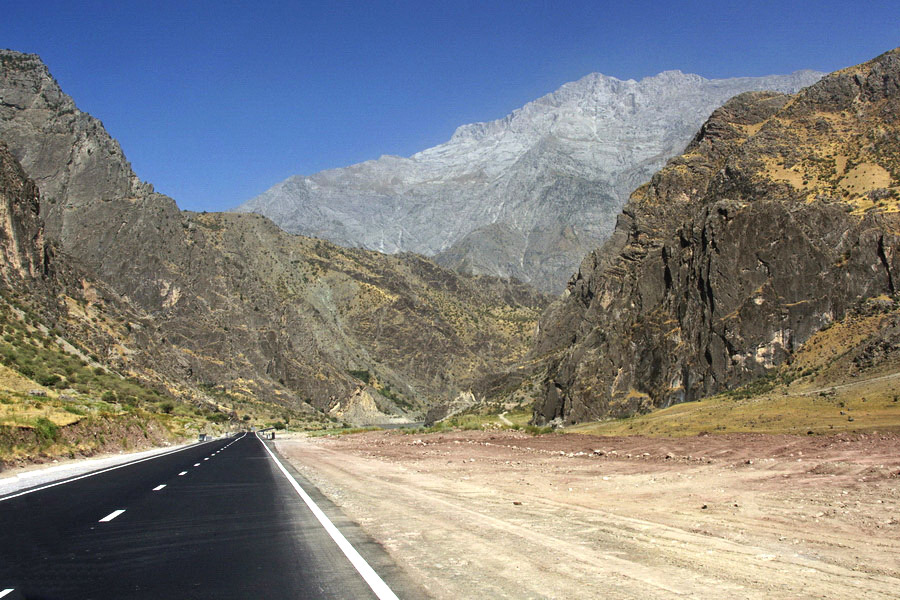
The Pamir Highway is one of the most scenic and extreme roads in the world, traversing the towering Pamir Mountains, which rise to over 7,000 metres. Stretching 1,300 kilometres from Dushanbe in Tajikistan to Osh in Kyrgyzstan, this iconic route reaches its highest point at the Ak-Baytal Pass, 4,655 metres above sea level. The Pamir Highway is one of the most famous things to see in Tajikistan, crossing the entire south-eastern and eastern regions of the country.
A classic journey along this mountainous road typically takes about a week and passes through numerous towns, villages and fascinating monuments, not to mention the breathtaking mountain scenery that captivates every traveller.
Buddha in Nirvana
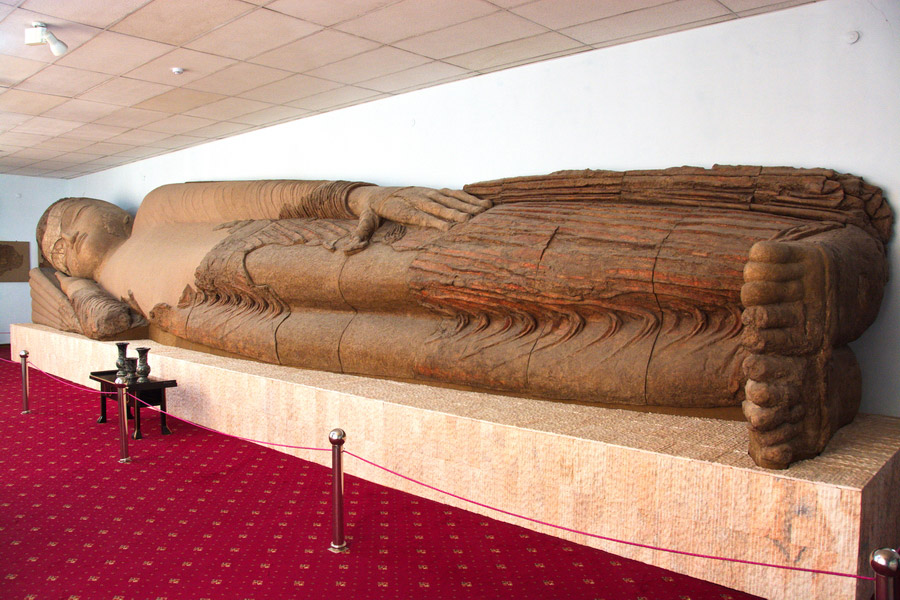
The Museum of Antiquities of Tajikistan in Dushanbe is one of the top 10 places to visit in Tajikistan because of the Statue of Buddha in Nirvana, or “Sleeping Buddha”, a remarkable archaeological find dating back to the 6th-7th centuries. This impressive sculpture, nearly 14 metres long, was unearthed in 1966 during excavations at the Ajina-Tepe site in the Khatlon region. Known as the “Khatlon Buddha”, it is among the largest Buddha in Nirvana statues in the world, alongside the Reclining Buddha of Monywa in Myanmar (90 metres) and the Reclining Buddha at Wat Pho in Thailand (46 metres).
In addition to this extraordinary artefact, the Museum of Antiquities showcases hundreds of other treasures that highlight Tajikistan's rich historical and cultural heritage, making it a must-see for history buffs.
Iskanderkul Lake
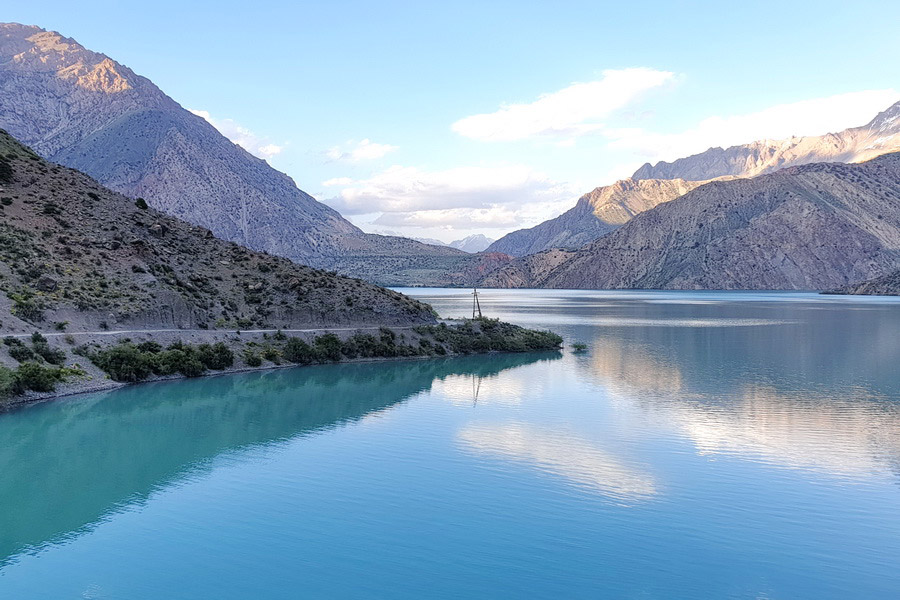
Iskanderkul lake is a stunning alpine lake at an altitude of 2,200 metres, nestled deep within the Fann Mountains. Covering an area of 3.4 square kilometres, its turquoise waters and picturesque surroundings make it a true natural gem. Located 130 kilometres north of Dushanbe, the drive to Iskanderkul is equally enchanting, over the high Anzob Pass, which offers breathtaking panoramic views.
The name of the lake, Iskanderkul, is linked to Alexander the Great, who was known as Iskander in this region, while 'kul' translates as 'lake'. During the summer, Iskanderkul Lake becomes one of the most popular places to visit in Tajikistan, drawing travellers eager to experience its beauty and history.
Hissar Fortress
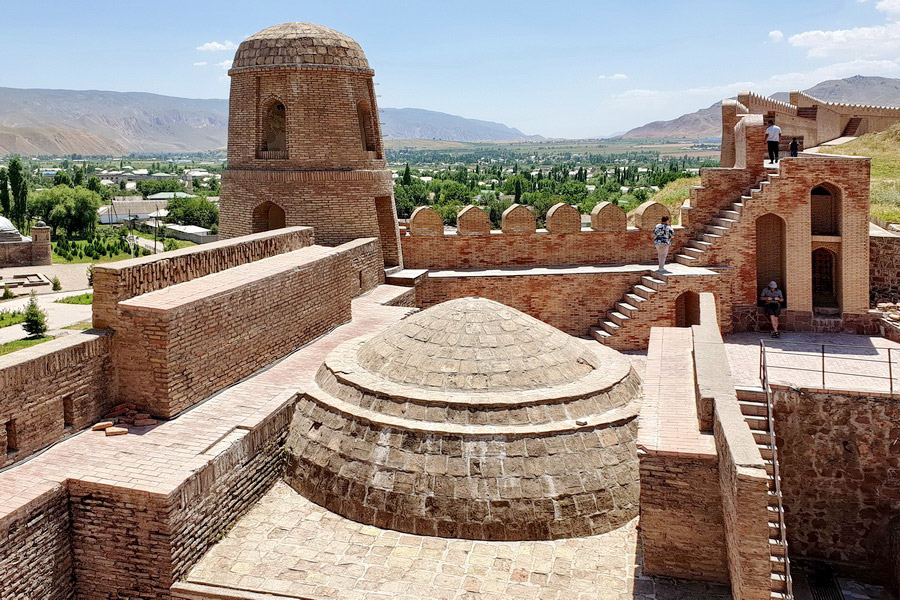
The Hissar Fortress is one of the most significant historical attractions in Tajikistan, with a documented history of more than 2,500 years. However, the first settlements in the area date back 5,000 years. For centuries, the fortress served as an important stronghold in the region, through which the Great Silk Road passed. The fortress was surrounded by a bustling city where mosques and madrasahs were built, some of which still stand today at the base of the citadel.
Hissar Fortress took on its current form in the 16th century before being abandoned and later restored in the mid-20th century. This iconic site remains a testament to the rich history and cultural heritage of Tajikistan.
Seven Lakes
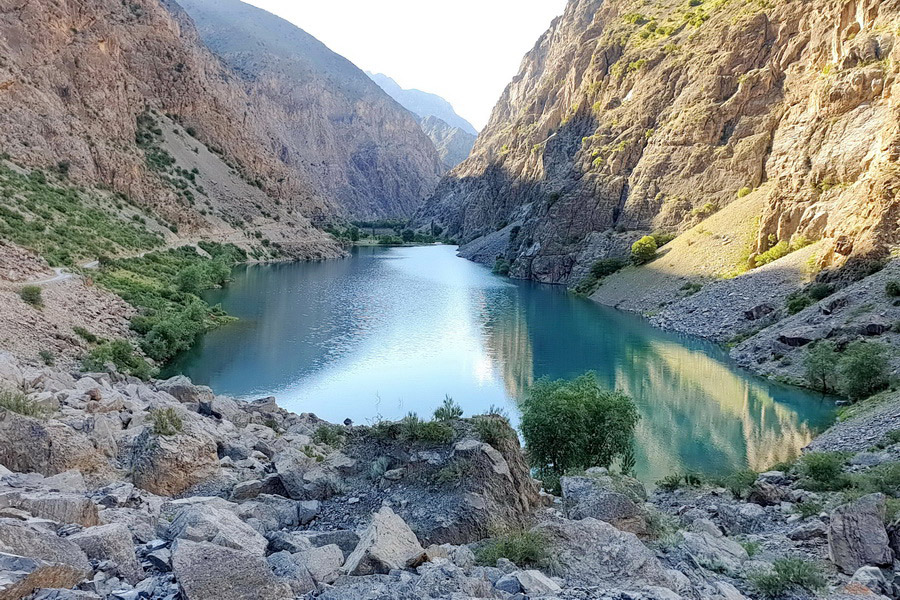
This remarkable natural attraction of Tajikistan is located in the far west of the country, 40 kilometres from the town of Penjikent, nestled in the gorge of the Shing River. Known as the Seven Lakes, Haftkul or Marguzor Lakes, these stunning bodies of water are arranged in a line stretching 14 kilometres.
The lowest lake, Nezhigon, is 1,640 metres above sea level, while the highest, Hazorchashma, is 2,400 metres. Each lake varies in size and has a unique water colour that adds to its charm. Exploring all seven lakes can take a full day and offers a journey of breathtaking natural beauty and tranquillity.
Panjshanbe Bazaar and Mausoleum of Sheikh Muslihiddin
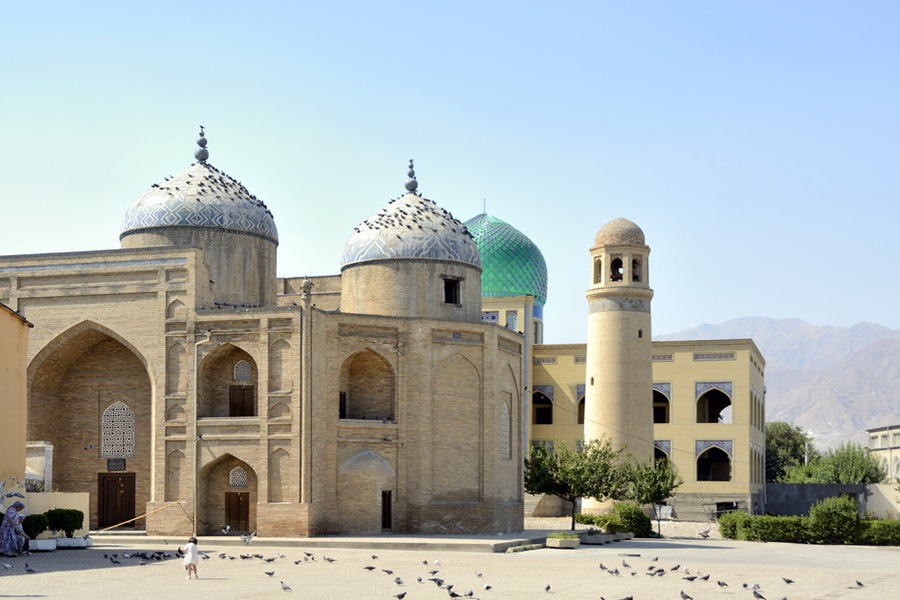
The Panjshanbe Bazaar and the Mausoleum of Sheikh Muslihiddin in Khujand are among the places to visit in Tajikistan where you can experience the flow of local life. The Panjshanbe Oriental Bazaar is the largest market in the country and one of the five largest in Central Asia. Visitors can find an array of delicious fruits and vegetables, fragrant spices, freshly baked flatbreads, and much more. The name of the market, which means 'Thursday', reflects its origins when trading took place only on this day of the week.
Directly opposite the market is the Mausoleum of Sheikh Muslihiddin, an important historical and religious site in Khujand. Dating back to the 16th century, this monument offers a glimpse into the city's rich cultural and spiritual heritage, making it a perfect complement to the vibrant bazaar experience.
Sarazm and Ancient Penjikent
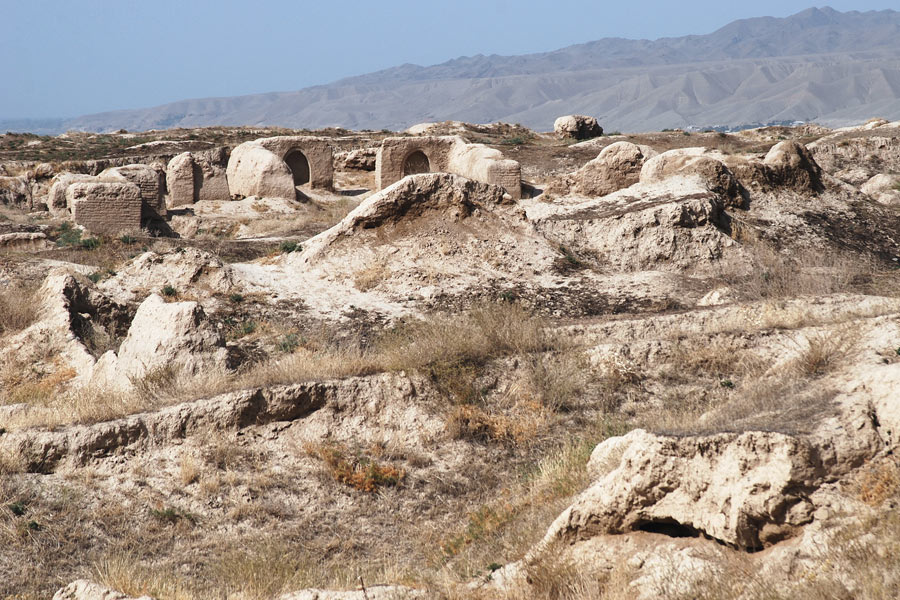
Sarazm and Penjikent are archaeological treasures and the oldest sites in Tajikistan, offering a glimpse into the region's earliest civilizations. Sarazm, dating back over 5,500 years, is a UNESCO World Heritage Site. Its ruins provide fascinating insights into the lives of the first civilization in Central Asia.
Located 14 kilometers to the east, Ancient Penjikent was founded in the 5th century AD and served as the cultural heart of the Sogdian civilization. Excavations at this site have uncovered numerous frescoes and artifacts, showcasing the richness and diversity of Tajik pre-Islamic culture.
Garm-Chashma Balneological Resort
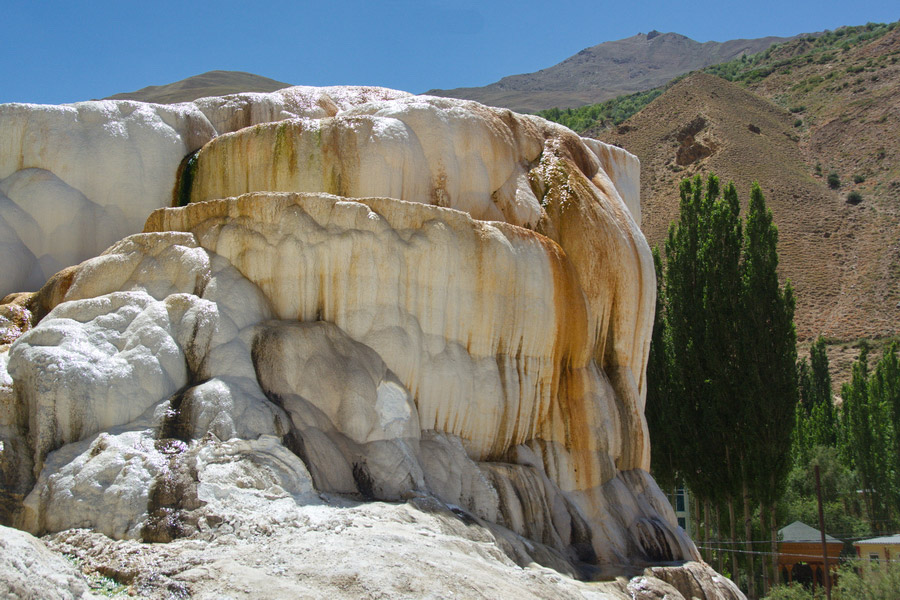
Garm-Chashma balneological resort is a unique natural attraction of Tajikistan, with hot springs located on the Pamir Highway in the Gorno-Badakhshan Autonomous District, 40 km from the city of Khorog. Situated at an altitude of 2,325 metres above sea level, the spring water reaches a temperature of +59 degrees Celsius. Over thousands of years, mineral deposits have formed limestone rocks in the area, creating natural baths and pools.
For those exploring the Pamir Highway, Garm-Chashma is one of the top places to visit in Tajikistan, offering a fascinating combination of natural beauty and therapeutic benefits.
Statue of Ismoil Somoni
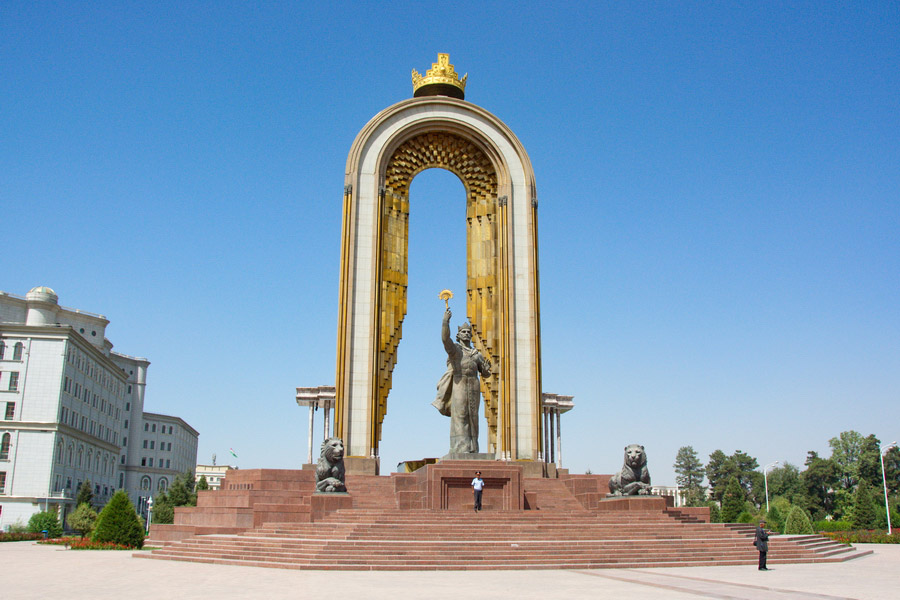
Ismail Somoni, a revered figure in Tajik history, is celebrated as a reformer and founder of the Tajik state. In the heart of Dushanbe, a large monument stands in his honour, 13 metres high and topped by a crowned arch. In his right hand, Ismail Somoni holds a sceptre with seven stars, symbolising Tajik statehood.
Behind the monument, an avenue of fountains leads to the Independence Stele, forming a unified architectural ensemble in Dusti Square. This impressive site serves as a tribute to Tajikistan's history and national pride.
Yamchun Fortress
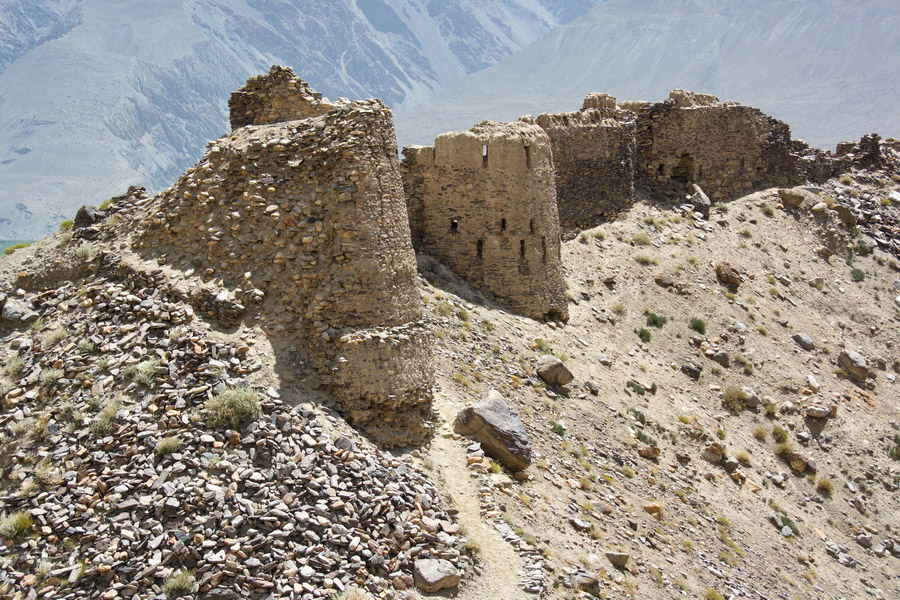
Yamchun is one of the oldest and highest sites in Tajikistan. This stone fortress stands at an altitude of 3,000 metres, not far from the Pamir Highway. To reach it, visitors must negotiate a 6-kilometre serpentine road that climbs 400 metres. Construction of the Yamchun Fort began in the 3rd century BC and was greatly expanded over time, eventually covering an area of 75 hectares.
For centuries, the fortress served as a strategic point to protect and control trade routes through the Wakhan Valley. Today, it is one of the most remarkable and surreal places to visit in Tajikistan, attracting visitors captivated by its rich history and breathtaking location along the Pamir Highway.
More Things to See in Tajikistan
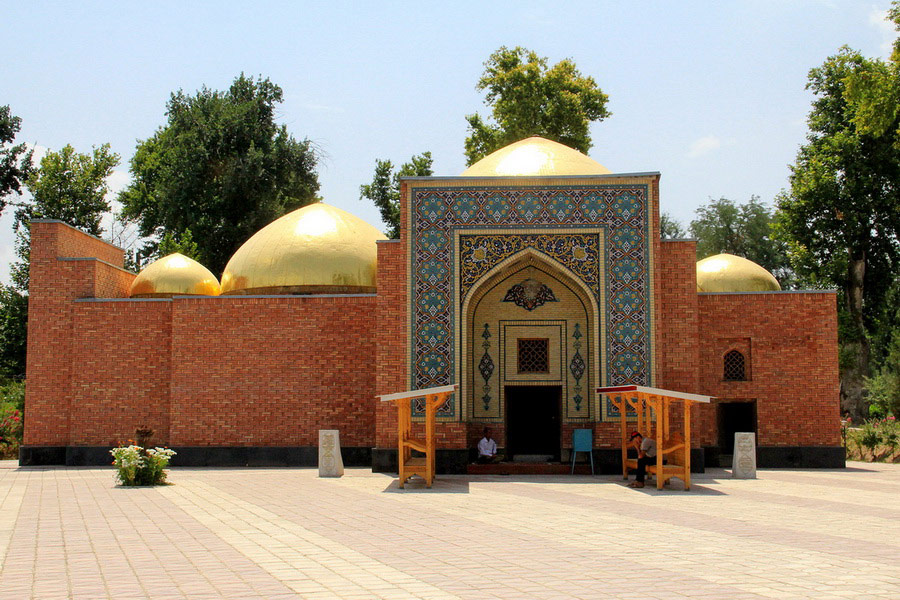
Want to enrich your travel experience in Tajikistan? Be sure to include the following interesting off-the-beaten-path places to visit in your itinerary, as they are located on or near the Pamir Highway.
The Khamadoni Mausoleum, located in the centre of Kulyab city, is a historical landmark dedicated to Mir Sayyid Ali Hamadoni, a famous 14th century poet and philosopher. This site offers a glimpse into the cultural and intellectual heritage of Tajikistan.
The Khorog Botanical Garden is a unique scientific centre established in 1940 to study the survival of plants in the harsh mountain climate. Located at 2,240 metres above sea level, it displays a fascinating variety of flora adapted to extreme conditions.
Hulbuk Fortress is an archaeological complex on the site of a medieval town dating back to the 11th century. Excavations have uncovered advanced sewage and water systems, as well as household items, ornaments and decorative elements that reflect the sophistication of life at the time.
Be sure to visit these unique places to add historical, cultural, and scientific depth to your journey along the Pamir Road.


